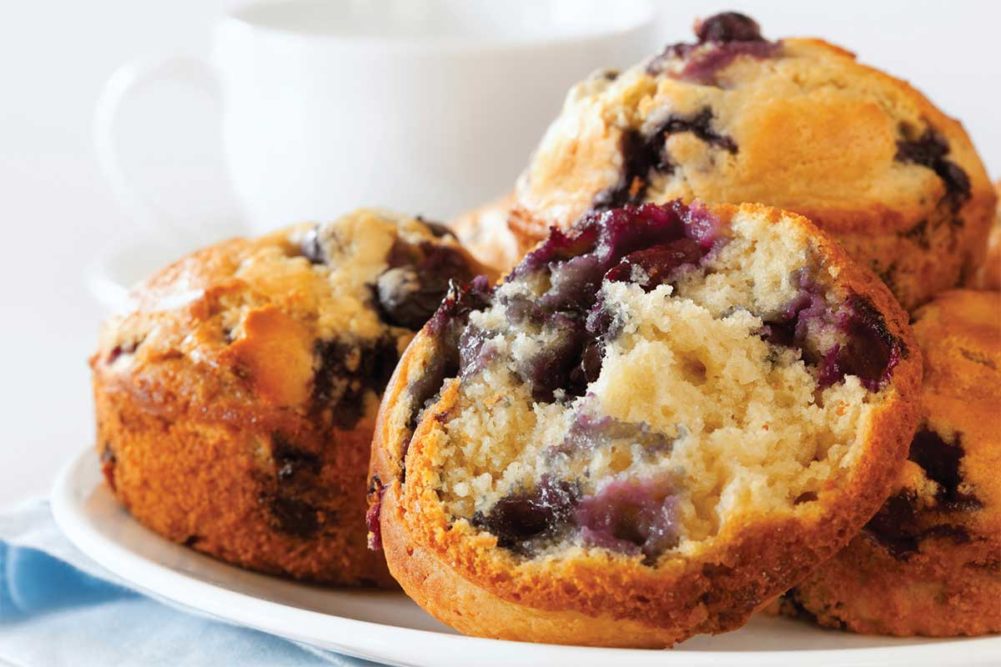The “Dietary Guidelines for Americans 2020-2025” state that more than 90% of women and 97% of men do not meet recommended intakes for dietary fiber, with such deficits associated with health risks. That’s where fiber enrichment of baked goods, a traditional source of grain-based intrinsic fiber, helps consumers get closer to their intake goals. While there are many fiber ingredients, bakers may want to explore those that provide function to the recipe, such as those that can eliminate gluten in bread or reduce sugar in cookies.
Family-owned and operated Royo Bread Co., New York, is rolling out a low-calorie, keto-friendly artisan bread containing 30 calories, 2 grams of net carbohydrates and 11 grams of fiber per slice. Wheat resistant starch is the first ingredient. Other fiber sources include wheat protein, wheat bran, whole grain rye flour, ground flaxseed and psyllium husk.
“Flaxseed is high in omega-3 fats as well as fiber,” said Ronit Halaf, a registered dietitian who founded the company with her baker husband, Yoel Halaf, in 2019. “Psyllium husk is a vital ingredient in all of our products. It contains soluble fiber and insoluble fiber, which helps increase fullness, slow digestion and, most importantly, keeps you regular. Wheat protein, otherwise known as wheat gluten, is essential for holding our products together. It contains trace amounts of wheat and is a rich source of fiber, vitamins and minerals.”
For Nature’s Path, Richmond, British Columbia, eliminating added sugar in granola was its focus. But the ingredient technology added fiber to it as well.
“People are worried about the amount of sugar they are consuming,” said Arjan Stephens, general manager, Nature’s Path. “Our new granolas contain 0% added sugar but are still 100% delicious.”
The granola comes in Vanilla Almond Butter and Mixed Berry flavors, with one serving providing 17 grams of whole grains. That does not all translate into fiber, however, as one serving contains only 3 grams. This still allows for a high-fiber claim. The secret behind the cereal’s sweet taste is its star ingredient: date powder.
“Dates are also high in fiber, which is fantastic for digestive health,” Mr. Stephens said. “And their fiber content makes dates a low-glycemic food.”
While most Americans are aware that they need to consume more fiber and less sugar, it’s not an easy task. They’re not willing to sacrifice quality and enjoyment.
More than half of consumers associate fiber with benefits like healthy digestion, according to ADM Outside Voice research. Further, 56% of consumers say they are adding or increasing fiber in their diets, reports The Hartman Group in its “Reimagining Well-being Amid COVID-19, 2021” report.
“However, added fiber can also be associated with digestive distress,” said Sarah Diedrich, marketing director, sweetening solutions and fibers, ADM. “Our research finds nearly 70% of consumers would not purchase a product again if it caused gastrointestinal discomfort.”
This article is an excerpt from the September 2021 issue of Baking & Snack. To read the entire feature on Fiber, click here.





